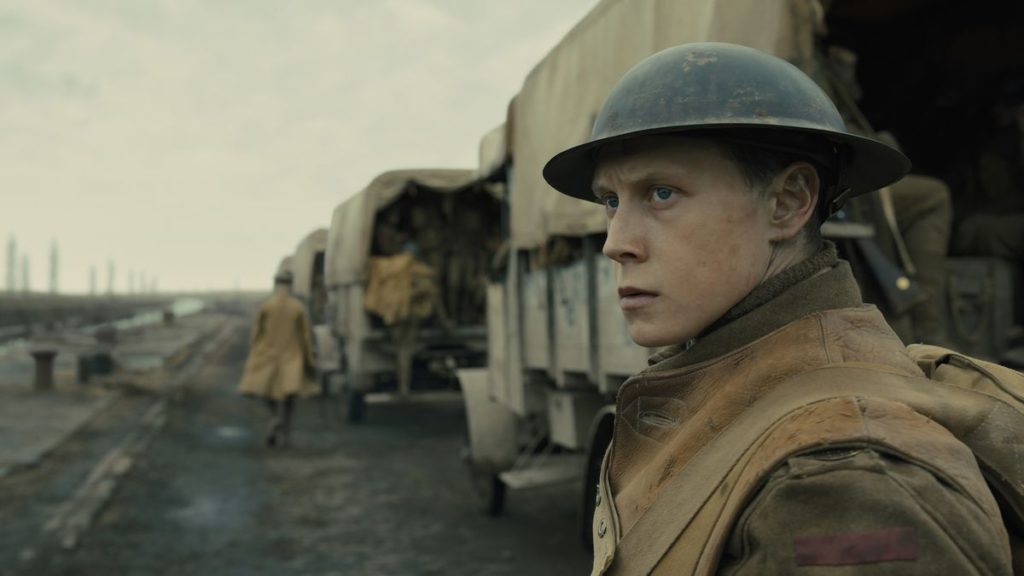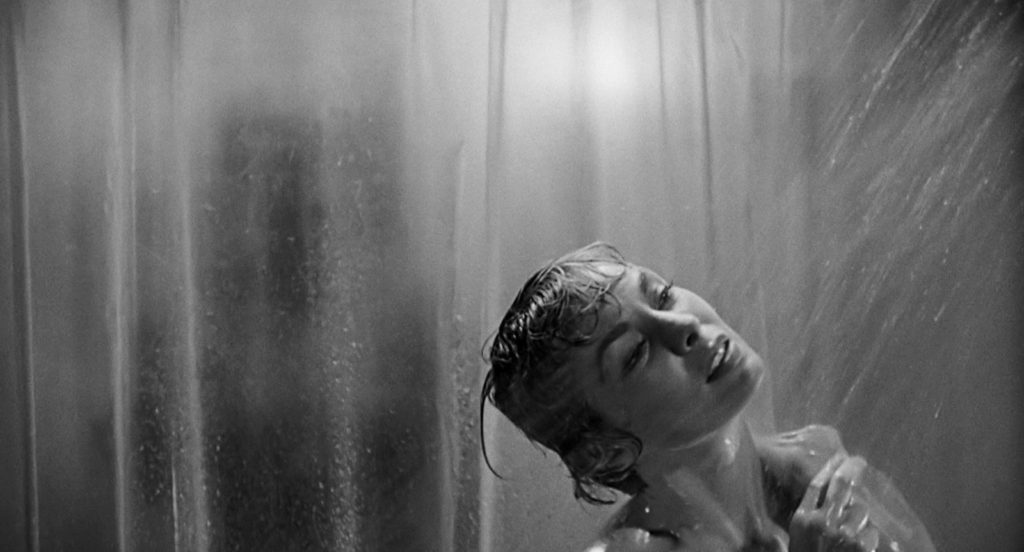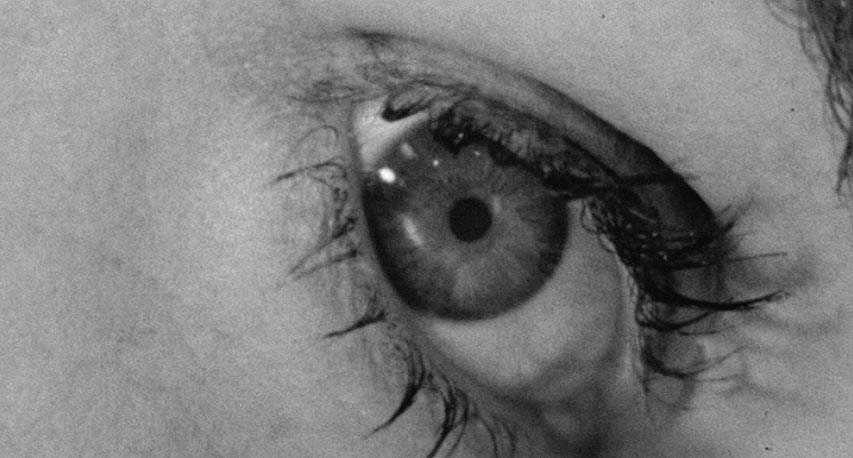I will complete research on a range of film texts Finding information and inspiration in order to create my own work. I will find out what each role does and how it is influential in the process of making films. I will find the essential skills needed in each of these 3 areas Directing, cinematography and composing and examine specific works to find inspiration and influence for my own work.
Monthly Archives: December 2021
Filters
how i will demonstrate skill undertaking: Inquiry
I will complete research on each of the job roles I am undertaking: editing, cinematography and screenplay writing by understanding what these roles include and how they are done. I will also engage with a variety of specific films on how they were made from the point of view of the specific film roles I have chosen. I will look at specific practitioners to find inspiration and influence in my own work.
DEMONSTRATING SKILLS IN INQUIRY
explore, experiment and research a mix of roles, practitioners and influencers in the industry and show skill and impact in your own chosen area of work , showing better understanding of filmmaker intentions
demonstrating skills in inquiry
-use various film texts to get inspiration and guide your own work. Research different film roles and choose and understand the essential skills needed for three different roles. Identify own interests and inspirations so that you can identify filmmaker intentions.
How to Demonstrate Inquiry in your Film Portfolio
-I will find inspiration from other medias such as films, books and other filmmakers. This will guide me during the action criteria
-I will look into multiple film roles and research their duties and responsibilities for a minimum of three roles.
-In order to explore my filmmaker’s intentions fully I should find my own interests within film and identify individual influences.
How I will Demonstrate skill in undertaking inquiry
I will demonstrate a skill in inquiry by watching films with the intent of analysing certain aspects of the film and how they might of been made/constructed. For example for sound design I would watch several films with good sound design and try to understand how they might’ve done or decided something and why.
Furthermore, I will secondly research the film roles I have selected further. By doing this I want to further understand the industry around the chosen film roles and the skills required for the film roles.
Portfolio role choices
Cinematographer
Editor
Sound Designer
Full Research into Film Roles.
Director
The Director of a film is the one with the creative/artistic vision, they Direct everyone working on set so the crew can all work towards the same vision efficiently. If the Director doesn’t share what they want or direct the crew well then the film typically won’t come together as well as the Director envisioned it.
The director works throughout the film, pre-production and post-production. The Director usually works closely with crew members such as the cinematographer so that the Director can share their artistic vision throughout the film production. When working closely with crew members a Director would always be open for interpretation, especially from a respected name in the industry, so the Directors artistic vision may shift or be appropriated by others vision.
The Director is employed by Producers mostly, ‘within the film industry directors are usually employed on a freelance, self-employed basis by independent production companies. Independent production companies and individual producers often initially develop projects without a director attached – they’ll start looking for a director as they begin seeking finance for the project. The choice of director is often key to receiving financial backing for a project, as it’s the director’s experience, reputation and artistic value that will help to convince or satisfy the requirements of individuals or organisations funding the film project.’
Responsibilities
As a film director, you’ll need to:
- read scripts
- work with writers and provide feedback on the further development of scripts
- select actors – sometimes working with casting directors and producers during this selection process
- monitor rehearsals
- direct actors during the filming
- select locations for filming
- hold meetings with key departments such as the camera, art and costume departments during the planning stages and throughout the filming
- agree the budget and schedule of the film with the producer
- be responsible for staying on budget and schedule
- supervise all creative aspects of the production
- work with the editor to present the final version of the film
- select music for the final film and/or work with a composer to decide on the musical score
- build and develop a network of contacts including writers, producers, film festivals and public funding bodies
- maintain contemporary technical skills
- have an awareness and knowledge of emerging industry trends.
Overall ‘the Director is integral to the success of any film project. As a director you’ll contribute to all the creative elements of a production and will be responsible for shaping them into a cohesive film.’
‘In order to do this, you’ll need a strong creative vision and the ability to communicate your ideas to a variety of people throughout the production process. This will include your production team, crew, actors and those responsible for financing the film.’
Cinematographer
Cinematographers work closely with the Director to determine and interpret the directors artistic vision on the camera angles, lighting, shot types etc.
‘Cinematographers film motion pictures. They usually have a team of camera operators and assistants working under them. They determine the angles and types of equipment that will best capture a shot. They also adjust the lighting in a shot, because that is an important part of how the image looks.’
Cinematographers require:
- An excellent understanding of Lighting, Shot types and angles, how and why they’re used.
- Good communication
- Creative/artistic vision
Sound Designer:
Sound Designers implement the element of sound to the film. This can be used to create further meaning, change the tone, create an appropriate atmosphere and change tempo of a scene.
The sound of a film is as important as the visuals. Sound designers can create SFX in very inventive ways, with the top end equipment which they generally have access to on higher budget films they have the ability to make the sounds very accurate to what is appearing on screen.
Responsibilities:
- compose and engineer music
- assist in post-production by improving sound quality or adding sound over video
- record, layer and produce sounds and sound effects for a desired impact
- spot, arrange and edit audio into video or other delivery mechanisms.
Cinematographer: https://www.raise.me/careers/media-and-communication/film-and-video-editors-and-camera-operators/cinematographers/
Director: https://www.prospects.ac.uk/job-profiles/film-director
film role 1 cinematography – paragraph 1
cinematographer:
A cinematographer is essentially in charge of how the movie looks. Camerawork, lighting, focus, and shot composition all fall under the cinematographer’s purview. their job is to handle the practical work of capturing the director’s vision for how a movie should look. they analyse the screenplay, characters, and story structure and deciding on a visual approach with the director, Conducting research regarding available locations, props, and weather conditions at the prospective film sites, visit locations and take a series of test shots before deciding on the angles, filers, film stock, framing, equipment, lighting, and techniques that will be used to create the desired atmosphere of the film, and Approving costumes, make-up, and hair, as well as the colour and textures used on set.
Specialised Roles
Selected roles: Sound, Cinematographer, and Editor
Production Role 1: Sound design
Sound editors/designers
A sound editor is one responsible for managing soundtracks and assembling sound recordings in preparation for the final sound mixing (Post-Production). Additionally, sound designers, i.e. Foley artists are the ones who create these sounds in post for specific scenes in films by using a wide variety of props and items. Sound is an important contributor to a film’s narrative and can change the effect of a scene on an audience.
Inquiry into sound designers in film
An example of a film that utilizes sound design effectively would be ‘A quiet place (2018)’ directed by John Krasinski with sound designers Erik Aadahl and Ethan Van der Ryn (both Oscar-Nominated sound designers). The film has gained a reputation for being ‘silent’ due to the lack of dialogue. As stated by Emily VanDerWerff in an article focused on the sound design of ‘A quiet place’, “Viewers are not used to a stripped-down environment, where they can hear themselves breathing or crunching on popcorn.” Noise is dangerous-This is what the audience registers due to the film’s main danger, which is sound and the consequences that it has (attracts creatures). Additionally Ethan Van der Ryn stated during an interview that “Conversely, there’s three moments in the film where we take all of the sound out, and I think those are probably the most shocking and in many ways the most intimate moments in the movie.” The sound team aimed to create the strongest relationship between the sound and the audience.
The sound design team slowed down audio recordings of tasers to create the infamous clicking sound of the creatures, and Foley artists created the sound of footsteps by walking bare foot on sand.
Production Role 2: Cinematography
Cinematography
A cinematographer is the one responsible for the development, look, and feel of the images that make up the final scene. Cinematography makes use of motion capture technology. It involves techniques such as the composition of a scene; the lighting of the set or the location; the choice of cameras, lenses, filters, film stock; camera angles, and movements; and integration of any special effects.
Inquiry into cinematography in a film: ‘1917 (2019)’
The film ‘1917 (2019)’ directed by Sam Mendes is made to appear as a single continuous take; mainly used to immerse the audience even further into the film and the character’s narrative. A film is typically made of a large number of camera shots, which are combined in post production. A long take is a shot that is uninterrupted for a longer time than a typical take would be. Mendes worked with cinematographers Roger Deakins and Thomas Newman. The film was shot in a number of takes, edited to make it look as if the viewer is watching a single take. The film tracks two British soldiers on a perilous mission during World War I, with much of the journey taking place along a trench. This long take was a very difficult and expensive process, if one of the actors were to have an accident the retake of that long shot would cost millions. The film does not feature any visible ‘cuts’, but uses physical objects to transition into another scene (wipe), this technique was used to prevent a disconnect in immersion with the film.
Production Role 3: Editing
Editing
Editing is the process of selecting and preparing footage, visual, audio, or cinematic material. Editing is done by a specialized user to portray information or convey a message. Editing is both a creative and technical part of a post-production process and is one of the essential elements in filmmaking. Editing techniques can vary from cuts, wipes, dissolves, cross cuts, shot reverse shot, fades, etc. These types of cuts are usually used as a transition that shows progression within the film (narrative and characters)
Inquiry into editing in film: ‘psycho (1960)’
The film ‘Psycho (1960)’ directed by Alfred Hitchcock and edited by George Tomasini, features a wide range of editing techniques to add further emphasis into the narrative, such as graphic matches and cuts; Martin Scorsese stated “Every Cut a weapon”. Tomasini and Hitchcock are masters at creating tension before an event occurs. Hitchcock himself believed that ‘what leads to the event is more important than the event itself,’ and by using editing they are able to further draw the audience within the film. The film features various types of match cuts; the most memorable being the graphic match with an eye and a shower sink.






